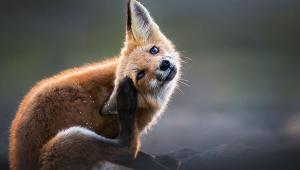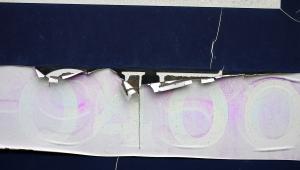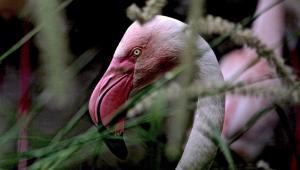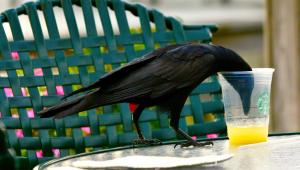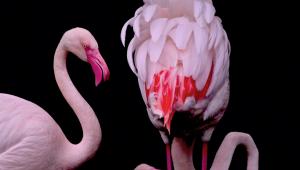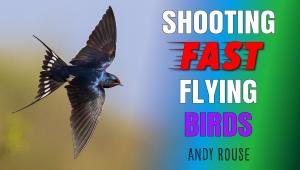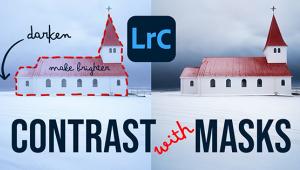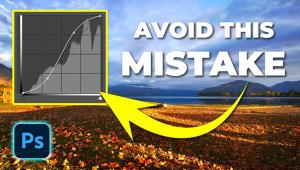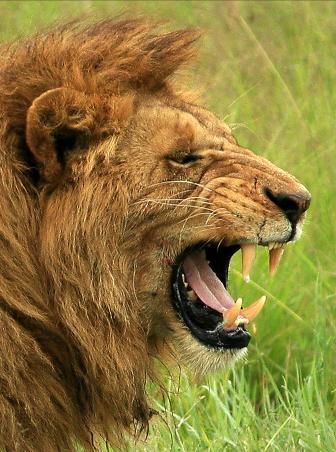In the Fast Lane with Robert Kerian
All Photos by Robert Kerian
Robert Kerian's photography is all about the thrill of auto racing or the freedom of being on the open road. A relative newcomer to the world of professional photography, he says, "I've been shooting on my own for about three years." But this hasn't stopped him from getting such influential clients as Mercedes Benz, Toyota, Pontiac, BMW, Harley-Davidson, Infinity, Acura, Honda, Nissan, and photographing major international auto races. He also shoots for publications such as Racer, Thrasher (a skateboarding magazine), Motorsport, and Autosport.
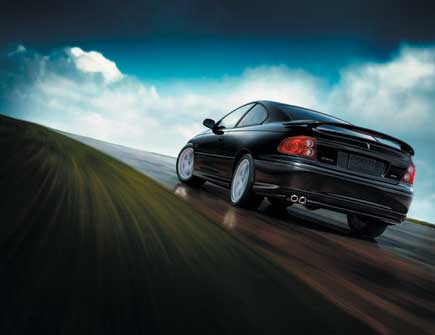 |
|
|
Not so long ago, he assisted several high-profile photographers like Eddie Adams, a Pulitzer prize-winning photojournalist; and Clint Clemens, who shoots advertising images for Porsche, Mercedes, Royal Caribbean, Condé Nast, and many others. Kerian also volunteered his time with Eddie Adams' Barnstorm workshops, which are held in New York every year and are offered to a select group of college students and industry newcomers. He says that during the fall of 2002, "The workshop was on the anniversary of 9/11," where the group concentrated on the "positive side" of the tragic events in New York.
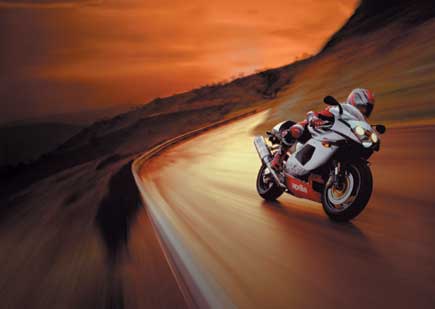 |
A New Path
Kerian, who grew up in Southern California's San Fernando Valley, claims, "Photography is something I've always been involved with." He was influenced by his father, an amateur photographer with a home darkroom, and his uncle Jack, "who collected cameras, but never shot pictures."
He admits that in high school, "I ran around with the wrong crowd and got in a little trouble." When he dropped out of school, his father gave him an order: return to school and learn a trade. So Kerian took film and cinema classes at Los Angeles Valley College, where he "developed a love for movies." This led to a brief stint as a gaffer in the film industry. But on one job, some lighting equipment fell on him and he fell through a plate-glass window. Kerian survived this accident, but was unable to continue this line of work.
 |
Faced with having to choose a new career path, Kerian chose photography. He's grateful to Marion Richardson, a vocational rehabilitation counselor from the California State Workman's Compensation Program, who sent him to Art Center School of Design in Pasadena for night classes. After completing a nine-month program at this renowned art school, he did an internship with a Los Angeles-based photographer. (Kerian says his first actual job opportunity was to photograph kids on a pony--"they said I was overqualified.")
After this, he hooked up with commercial studio owner Bruce Kramer, founder of 5th & Sunset, a still photography and production company. Kramer, who has studios in New York and Los Angeles, hired Kerian as "a trash pickup guy" (in Kerian's words) and assistant. He also introduced Kerian to Eddie Adams. "We hit it off real well," recalls Kerian of their initial meeting. Adams introduced him to Nick Utt, another Pulitzer prize-winning photographer. In addition to Utt, Kerian assisted such diverse photographers as Deborah Turbeville, Steve Earle, and Jerry Avenaim on a free-lance basis.
 |
|
|
A Few Good Breaks
Eventually, a distant relative--automotive advertising photographer Todd Johnson--introduced Kerian to Clint Clemens, who later called on him for assistance on a Harley-Davidson campaign in '95. Although it meant traveling on short notice to North Dakota, Kerian didn't have to think twice. "I packed my bags, got in the truck, and drove to North Dakota," he says. During this time, Clemens was making a transition to film work, and picked his new assistant's brain about his cinema background. Kerian's spontaneity paid off in the long run, and he became one of Clemens' assistants for five years. "We worked on all the major car ads." Kerian learned how to do "rig shots," a technique developed by Clemens, where he utilized a boom mounted on the car he photographed.
- Log in or register to post comments











